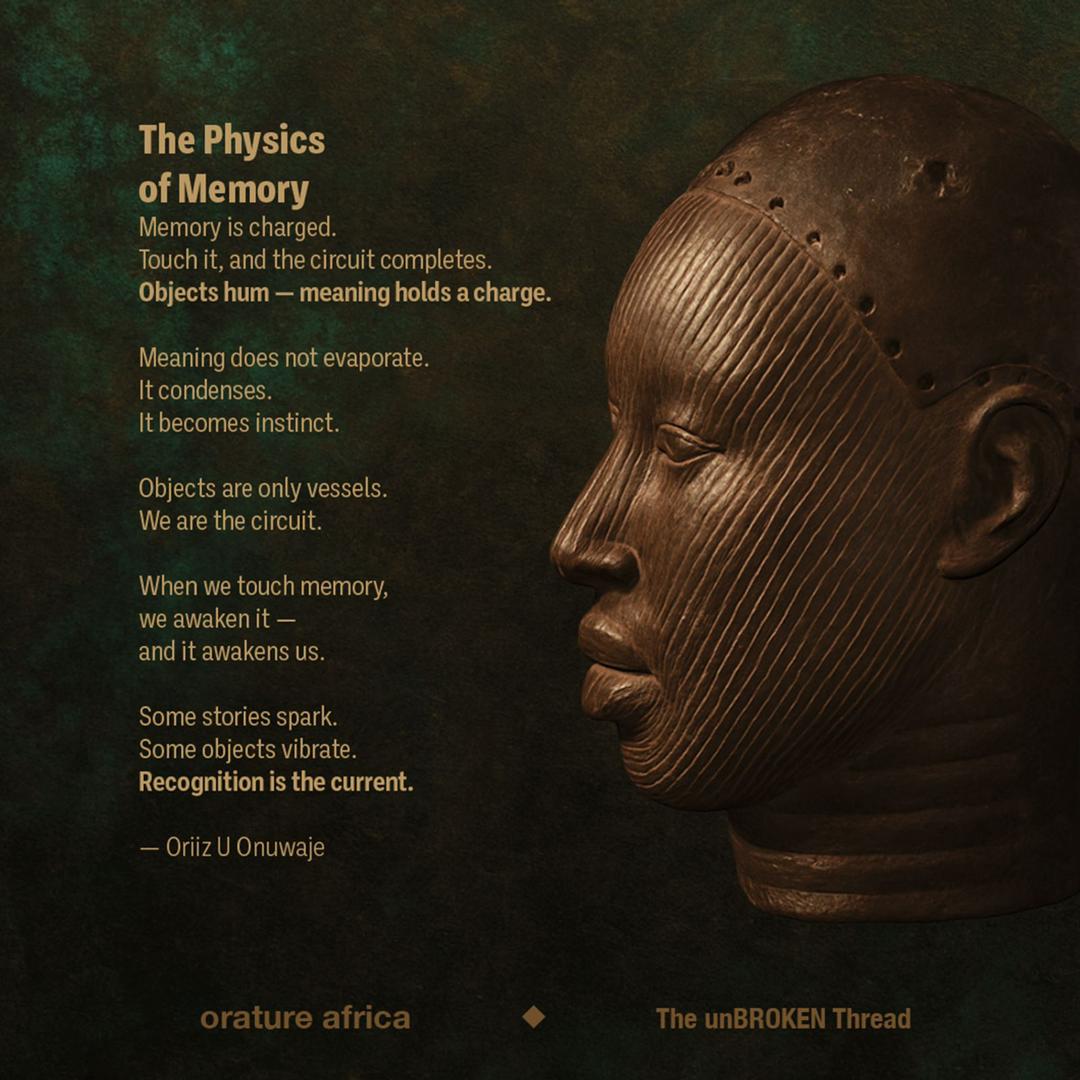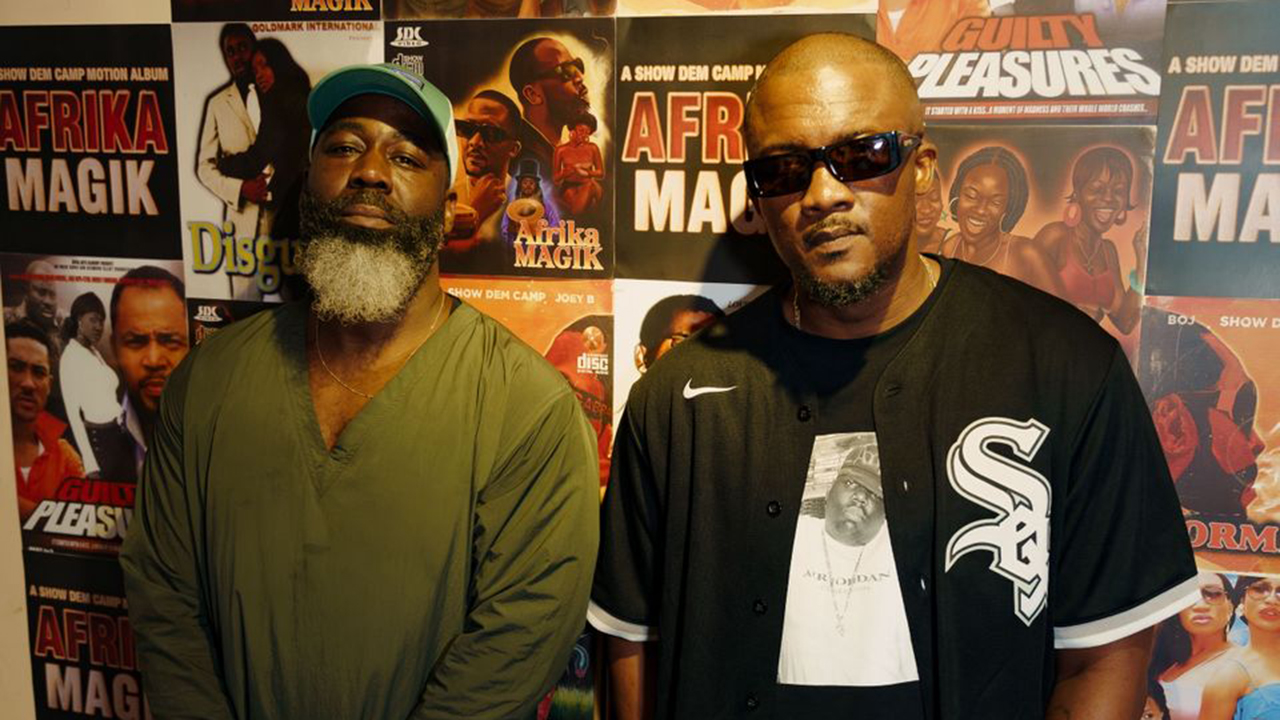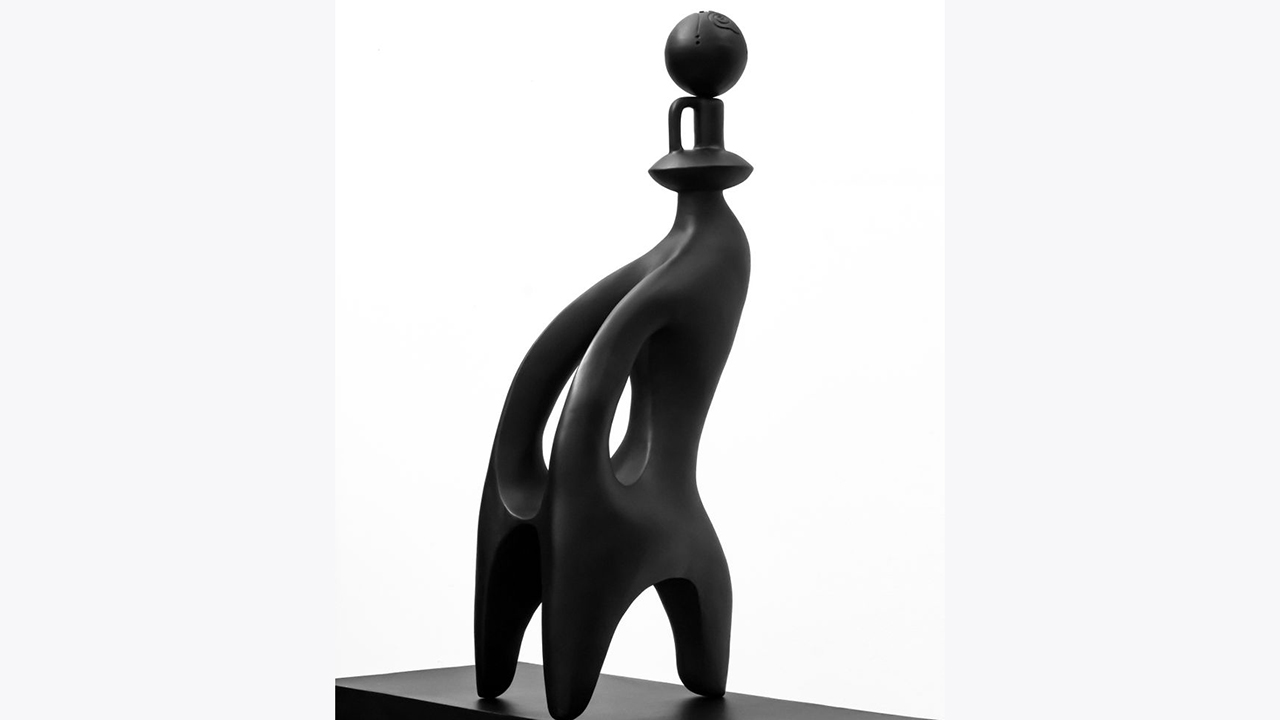Markets Do Not Trade In Emotion, They Trade In Evidence
From the Dufuna Canoe to Nok; from Ife to Igbo-Ukwu to Benin, Art from Nigeria sits in museums across the world: catalogued, valued, insured, and supported by documentation systems built long before we began building ours. Our challenge has never been recognition. Our challenge has been documentation; structured, accessible, defensible documentation that anchors provenance, preserves meaning, and protects value.
Documentation is not the act of storing objects, and it is not nostalgia. Documentation is economic infrastructure. In the global art economy, an artwork does not gain importance simply because it exists. It gains importance because it is documented. In every global art capital — London, Paris, New York, Doha — three things determine cultural and financial value: documentation, preservation, and narrative control. Without documentation, a cultural object remains decoration. With documentation, it becomes an asset. The bronze did not change. The paperwork did.
To understand the cost of undocumented history, consider three short stories:
Ife (1910): When the first bronze heads from Ife were unearthed in 1910, European scholars refused to believe they were African. The sophistication of the naturalism contradicted colonial narratives, so they proposed an alternative explanation: these must have been made by Greeks who migrated into Africa. The works were documented — but the narrative was overwritten. When a people do not document their own genius, someone else will explain it for them.
Igbo-Ukwu (1938): In 1938, a villager digging a cistern in Igbo-Ukwu unearthed bronze objects with casting techniques centuries ahead of Europe. Today, those objects sit in foreign museums — meticulously catalogued, accessioned, insured, and photographed under perfect lighting. Yet there is no surviving record of the names or guilds that produced them. The world kept the evidence. We lost the names.
Gani Odutokun (1995): Gani Odutokun — painter, philosopher, mentor to artists such as El Anatsui, Olu Oguibe, Jerry Buhari and Ndidi Dike — died returning from an exhibition following a workshop at the Goethe-Institut in Lagos. His students are preserved in archives and catalogues around the world. Odutokun’s own papers remain scattered. When the work is not documented, the lineage is interrupted.
In the art economy, value does not follow talent. Value follows documentation.
Markets do not trade in emotion. Markets trade in evidence.
Across nine years of research, including the 30-month production of The Benin Monarchy: An Anthology of Benin History (The Benin Red Book), I visited 55 museums in 13 countries, reviewing the world’s documentation of Art from Nigeria. In museum basements, conservation labs, cataloguing rooms and restricted viewing archives, a pattern emerged: where we cherished meaning, others recorded value. Where we preserved memory, they preserved evidence. Where we saw heritage, they attached accession numbers and built market confidence.
In Europe and North America, an artwork can be traced from acquisition to loan, to exhibition, to sale, to academic reference — because documentation produces continuity. In many Nigerian contexts, we track legacies through memory, not record. Memory fades. Documentation endures.
Nigeria is not short of genius
We often frame our conversation around repatriation — “bring them back.” Yet the deeper issue is not only physical return. It is context return. An altar detached from its altar is not an artwork — it is an interruption. Meaning cannot be stored in glass. Meaning lives in origin, function, use and lineage. If we demand repatriation without documentation, we will inherit crates — not history.
Every sustainable art economy rests on four layers: identification (what exists?), interpretation (what does it mean?), documentation (where has it been?), and valuation (what is it worth?). Nigeria is strong on meaning. Nigeria is strong on talent. Nigeria is weak on documentation.
We cannot negotiate value with memory. The art world negotiates with evidence.
Instead of waiting to be documented by foreign institutions, we must build the infrastructure that documents us ourselves — not in fragments, not in emergency, not in response to crisis, but deliberately and institutionally.
A Window into the Soul of a People — 8,000 Years of Art in Nigeria is not a coffee-table book. It is not an exhibition. It is a documentation system — a nation-scale provenance index mapping artistic evolution, context, meaning and continuity. The world has documented our objects. We are documenting our origin.
We are done explaining. We are now recording.
Documentation converts ancestry into authorship. Authorship converts heritage into value.
Our Art does not need validation. It needs records. We are no longer waiting to be documented. We are doing the needful.
Onuwaje is Chief Curator, Crimson Curators






